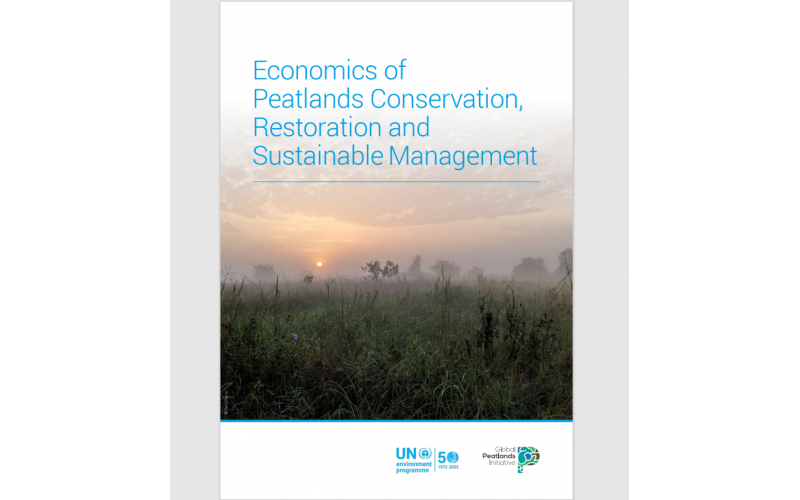Less than 3% of the Earth’s surface is covered by peatlands but they are the largest terrestrial organic carbon stock. Indeed, peatlands are capable to store twice as much carbon as in the world’s forests. Despite their potential, globally, peatlands are in decline with 11-15% of these ecosystems drained for grazing, agriculture, forestry, and peat mining. Peatlands when degraded contribute disproportionately to climate change with greenhouse gas emissions from drained or burned peatlands accounting for five percent of the global carbon budget.
The “Economics of Peatlands Conservation, Restoration and Sustainable Management” policy report, written by Edward Barbier and Joanne Burgess of Colorado State University, identifies that undervaluation and underinvestment are the leading causes of peatland mismanagement. Launched as part of the Global Peatlands Initiative’s contribution to the UN Decade on Ecosystem Restoration, the report finds that the principal cause for peatlands mismanagement is the undervaluation of their economic contributions. Commercial activities and policies that degrade and convert these high-carbon ecosystems often ignore or fail to take account of their benefits to society. In addition, global peatland conservation and restoration suffer from chronic underinvestment.
Meeting the goal of keeping the global average temperature increase below 2˚C requires urgent action to hold peatland carbon where it is – wet, and in the ground. At the same time, we must re-wet and restore many already drained and degraded peatlands to halt their greenhouse gas emissions and protect the other benefits they provide. Peatlands protection and restoration can be a low-cost, low-tech and high impact nature-based solution for both climate action and biodiversity.

